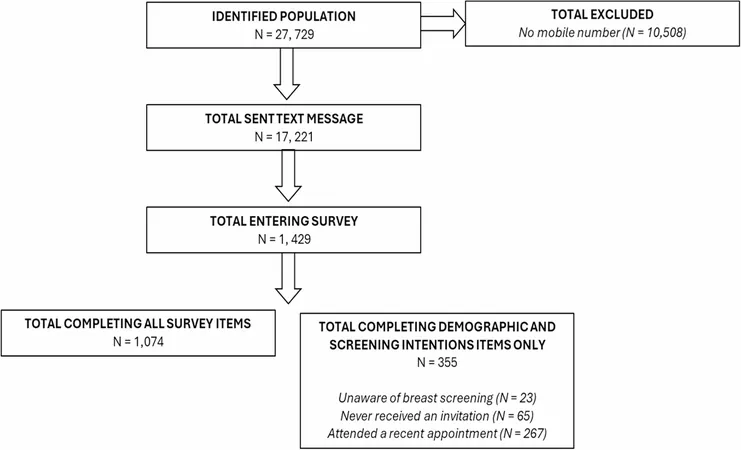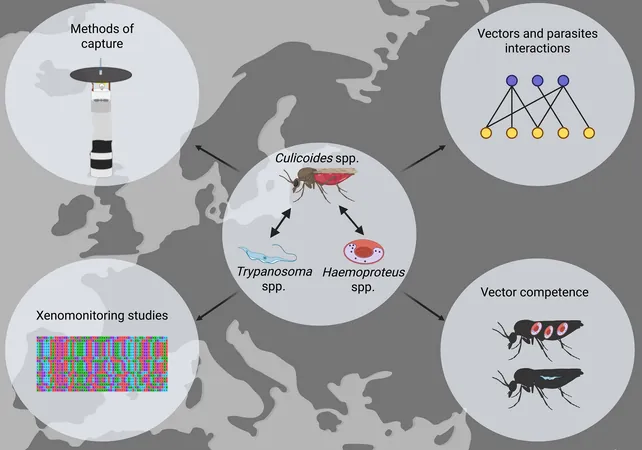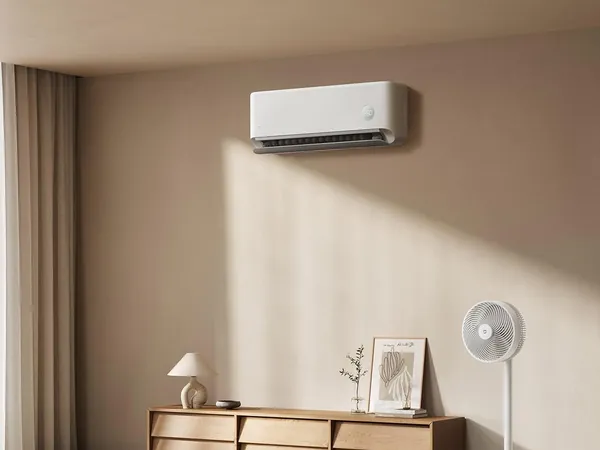
Unlocking the Secrets: Why Are Women Avoiding Breast Screening?
2025-07-19
Author: Siti
A Deep Dive into Breast Screening Attendance Barriers
In a groundbreaking initiative, an online survey conducted in England has pinpointed the obstacles preventing women from attending breast screening appointments. These insights are crucial as the rate of screening participation continues to decline, raising alarms across the health community.
Survey Methodology: Reaching Out to Non-Attenders
To tackle this pressing issue, health officials sent out targeted text messages to women who received breast screening invitations but failed to attend. The messages encouraged participation in a brief, anonymous survey designed to uncover the reasons behind their absence. This outreach occurred over a two-week period in February 2024.
Who Took Part? Understanding the Demographic Landscape
The survey included women between 49 and 70 years old, specifically those registered with a GP and without a recent breast cancer diagnosis. Of the 27,729 women identified as non-attenders, nearly 17,221 received the survey link, ultimately resulting in 1,429 women participating.
The Common Hurdles: Revealed Barriers to Attendance
The findings were eye-opening: 69.7% of respondents reported encountering multiple barriers to attendance. The top concerns included: 1. Inconvenient appointment scheduling (29.9%) 2. Fear of male practitioners conducting the screening (28.3%) 3. Anticipated pain during the procedure (27.2%) 4. Prior painful screening experiences (25.9%) 5. Competing life responsibilities (23.8%) 6. Distance to appointment locations (22.7%)
Pain: A Pervasive Concern
Worry about pain emerged as a dominant theme, with nearly 40% of women either fearing pain or having had painful past experiences with screenings. This highlights a crucial emotional barrier that could significantly deter women from following through with appointments.
Additional Insights: Free-Text Feedback
The survey encouraged free-text responses, which revealed additional barriers not previously identified. Many women voiced concerns about work commitments, complexities in rescheduling appointments, and negative past experiences with screening. These comments underscore a gap in communication and accessibility that needs addressing.
Demographic Variations: Who is Affected Most?
Interestingly, the survey identified demographic trends: women aged 55-64 were more likely to express concerns over male practitioners. Additionally, women from minoritized ethnic groups often reported greater apprehensions about the screening process, emphasizing the need for culturally sensitive communication strategies.
Implications for Future Strategies
The study suggests three primary interventions to boost breast screening uptake: 1. **Appointment Flexibility**: Offering more convenient and easily accessible appointment times. 2. **Clear Communication**: Strikingly clarifying that only female practitioners conduct screenings. 3. **Pain Management Research**: Prioritizing studies to develop methods that reduce discomfort during screenings.
Conclusion: Together, We Can Improve Attendance
As the fight against breast cancer continues, understanding and addressing the barriers to screening is essential. With targeted efforts that take into account the unique challenges faced by diverse groups of women, we can enhance participation rates and, ultimately, save lives.



 Brasil (PT)
Brasil (PT)
 Canada (EN)
Canada (EN)
 Chile (ES)
Chile (ES)
 Česko (CS)
Česko (CS)
 대한민국 (KO)
대한민국 (KO)
 España (ES)
España (ES)
 France (FR)
France (FR)
 Hong Kong (EN)
Hong Kong (EN)
 Italia (IT)
Italia (IT)
 日本 (JA)
日本 (JA)
 Magyarország (HU)
Magyarország (HU)
 Norge (NO)
Norge (NO)
 Polska (PL)
Polska (PL)
 Schweiz (DE)
Schweiz (DE)
 Singapore (EN)
Singapore (EN)
 Sverige (SV)
Sverige (SV)
 Suomi (FI)
Suomi (FI)
 Türkiye (TR)
Türkiye (TR)
 الإمارات العربية المتحدة (AR)
الإمارات العربية المتحدة (AR)